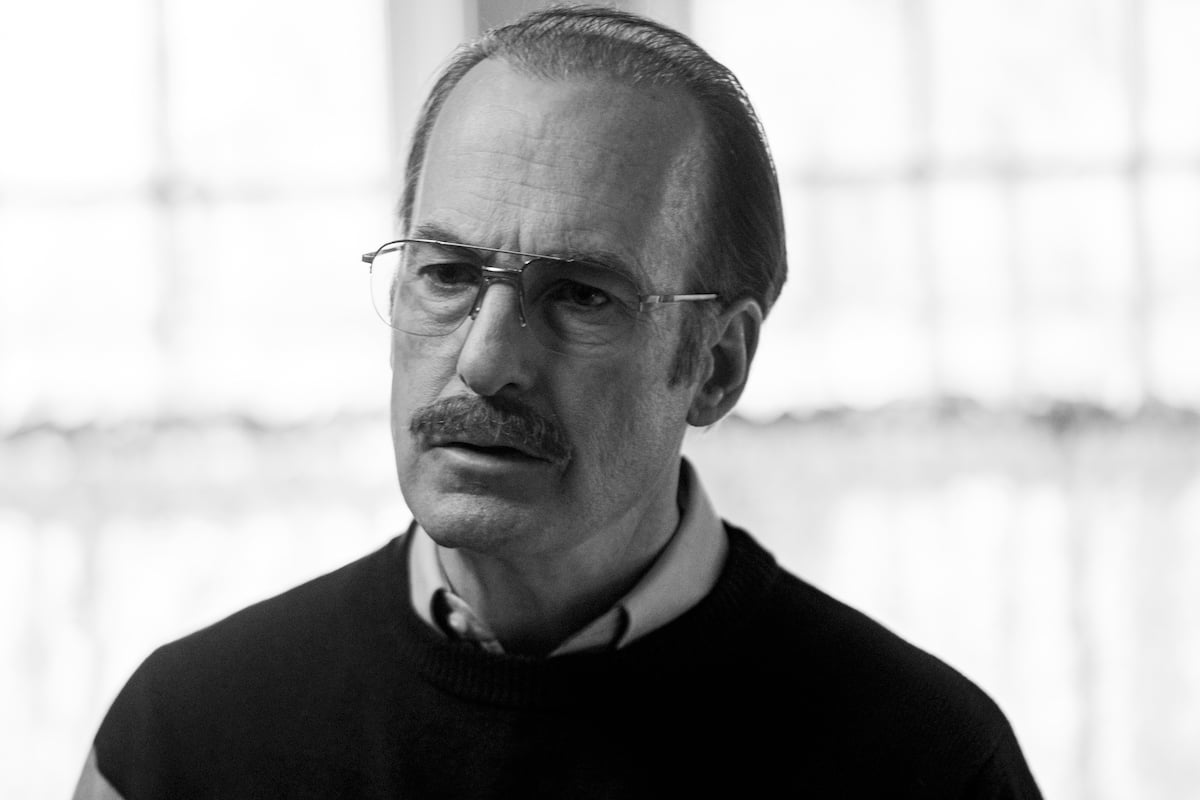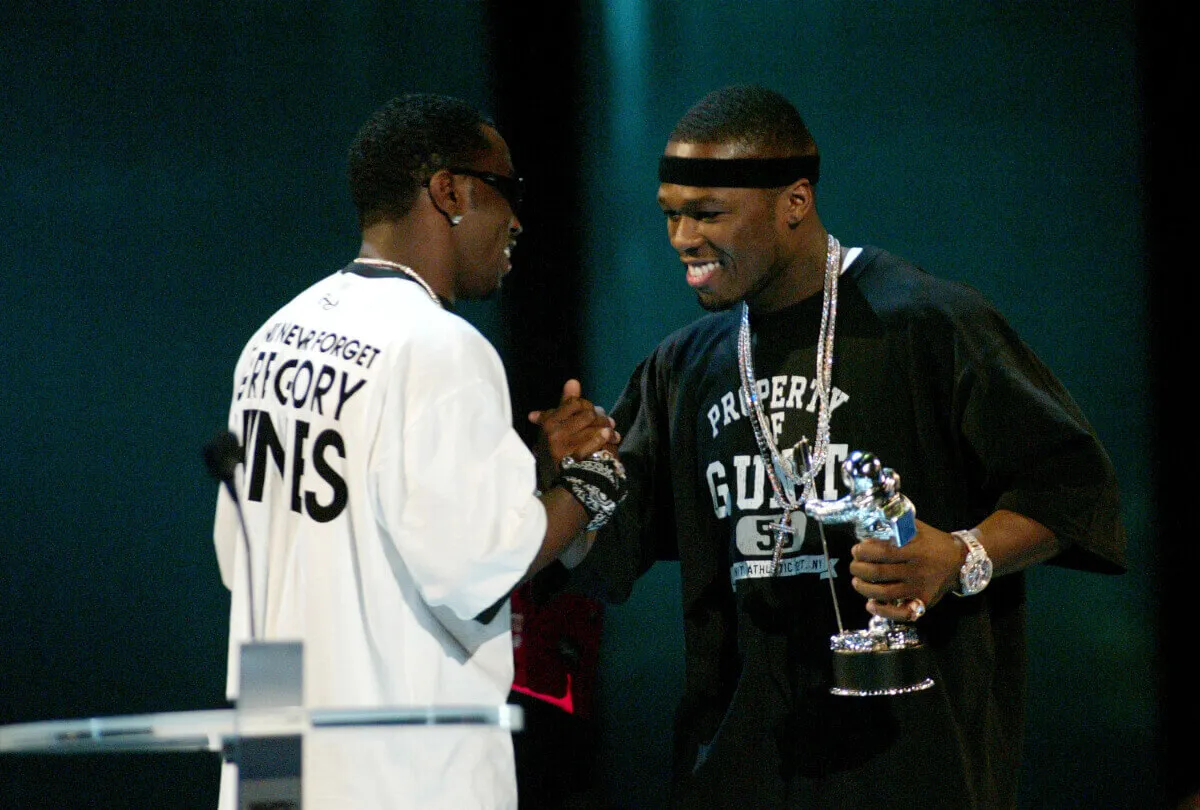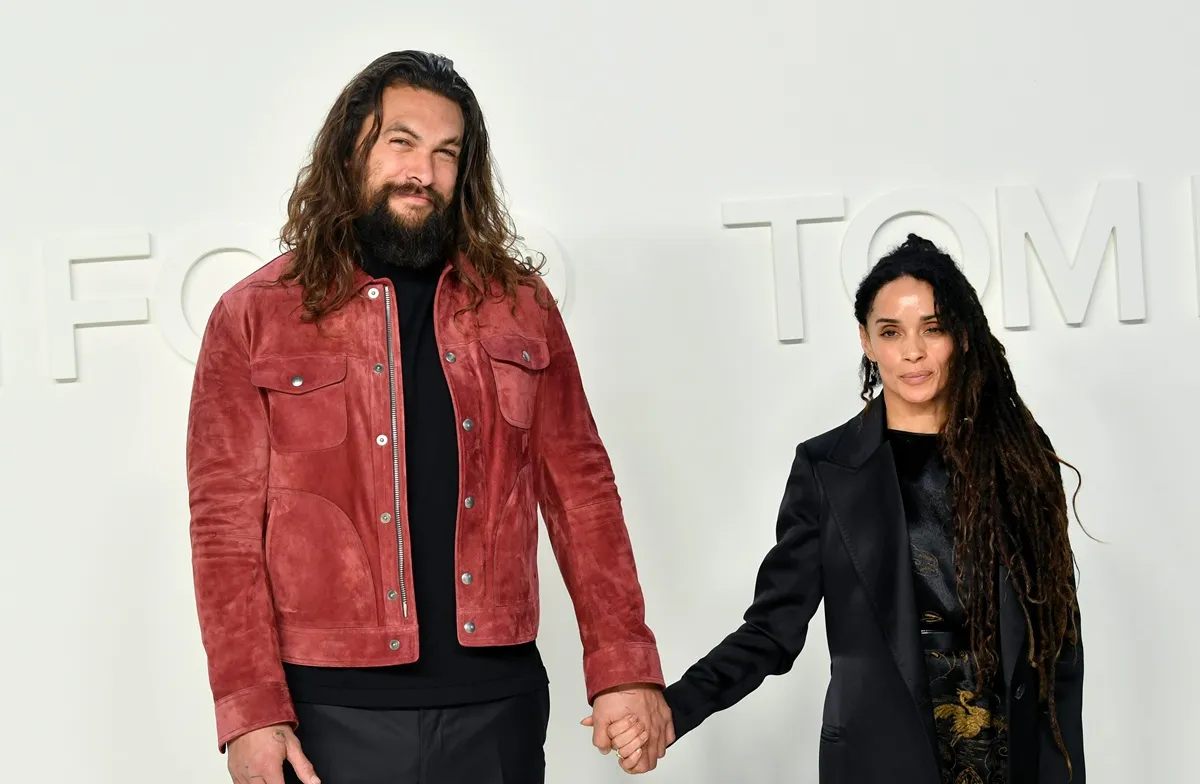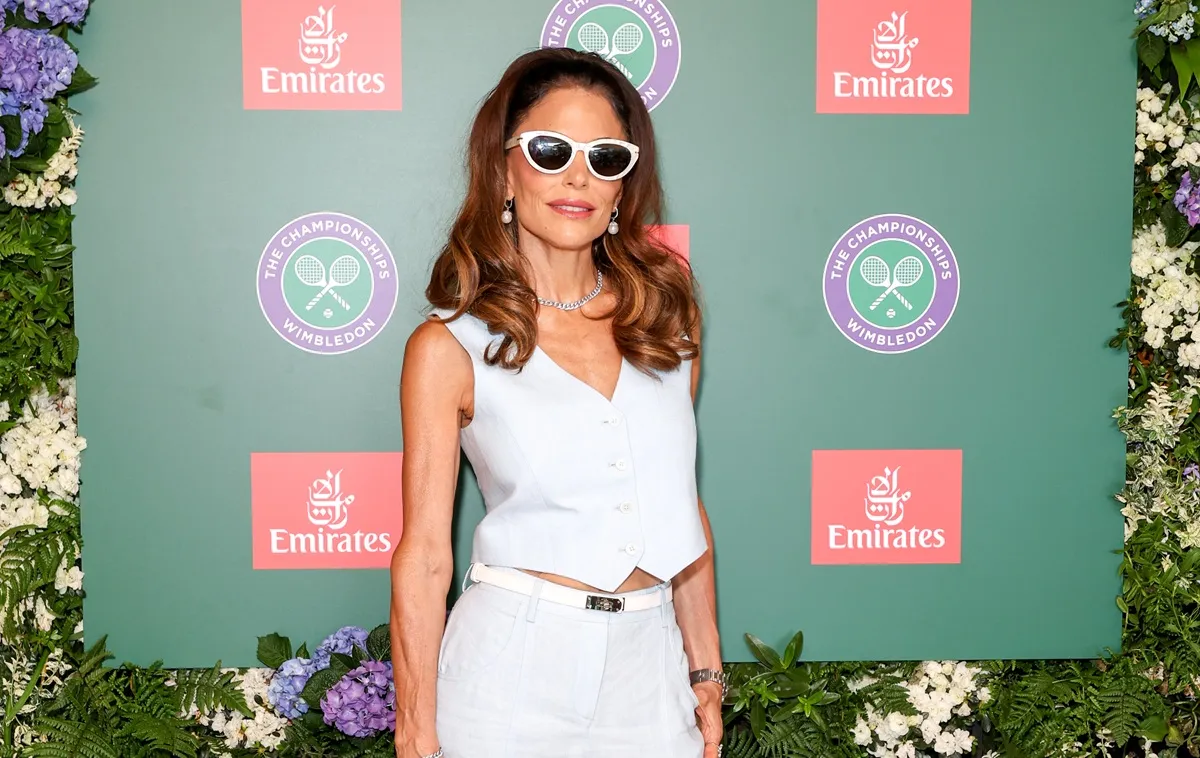
‘Better Call Saul’ Season 6 Final Episodes Directors Went to ‘Master Class’ in Black & White
Better Call Saul Season 6 had the show’s first all black and white episode with “Nippy.” The subsequent episode, “Breaking Bad,” had significant black and white segments too. As established by previous season premieres, Jimmy McGill (Bob Odenkirk)’s future life as Gene Takovic is in black and white. Now that it’s become a focal point of the Better Call Saul final episodes, the directors went to black and white school

Director Michelle MacLaren and cinematographer Paul Donachie appeared on the Better Call Saul Insider podcast on July 26 after “Nippy” aired. They described the black and white process of Better Call Saul’s final episodes. Better Call Saul Season 6 airs Mondays at 9 p.m. on AMC.
‘Better Call Saul’ Season 6 ‘Black and White School’
MacLaren was a regular director on Breaking Bad too. She credited co-creator Peter Gould with schooling the directors of the Better Call Saul final episodes how he wanted the black and white to look.
“Peter, you did something really cool at the very beginning of this when you knew that you were going into black and white,” MacLaren said on Better Call Saul Insider. “You got all the directors who were shooting the last few episodes together. And you gave us a master class on shooting black and white film, and it was phenomenal.”
How ‘Better Call Saul’ Season 6 taught blcak and white for the final episodes
MacLaren didn’t specify the movies Gould showed. But they were enough to convey what he wanted from the Better Call Saul final episodes. MacLaren explained how they used the black and white to convey Gene’s journey.
“We took a deep dive that Peter had put together from all these clips of different movies that were decades old,” MacLaren said. “And talked about what you liked about them and what you were hoping for this. The cinematographers were there too. And Paul Donachie our DP really did a phenomenal job with playing with the light and the dark, and having Jimmy/Gene walk from the darkness into the light. And vice versa, depending where we were in the story.”
Cinematography Paul Donachie had to learn new black and white skills
Donachie discovered filming Better Call Saul in black and white required different skills. To say filming is a bit of a misnomer too. Donachie worked with the digital cameras to create black and white for the final episodes of Better Call Saul.
I found some technical differences. What I found was black and white, funnily enough, you need more light. I have no idea [why] to be honest. I’m not a technical person at all but I just needed more light in there to see stuff. The rating of the camera’s the same. You’re actually recording it raw which is not in color, it’s not in black and white, you’re just recording ones and zeros. It’s fundamentally having a color picture which is turned into a black and white one. Other than that really it was just interesting to try to create more shadow and actually trying to create darker and lighter areas, things that were a bit more contrasty, having deep blacks.
Paul Donachie, Better Call Saul Insider, 7/26/22
RELATED:


